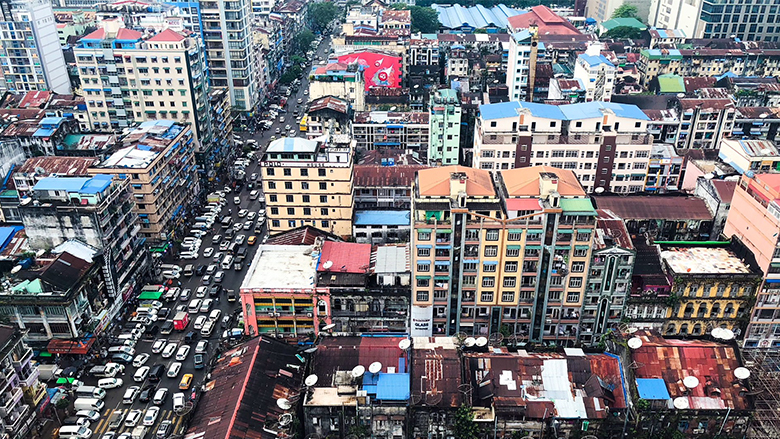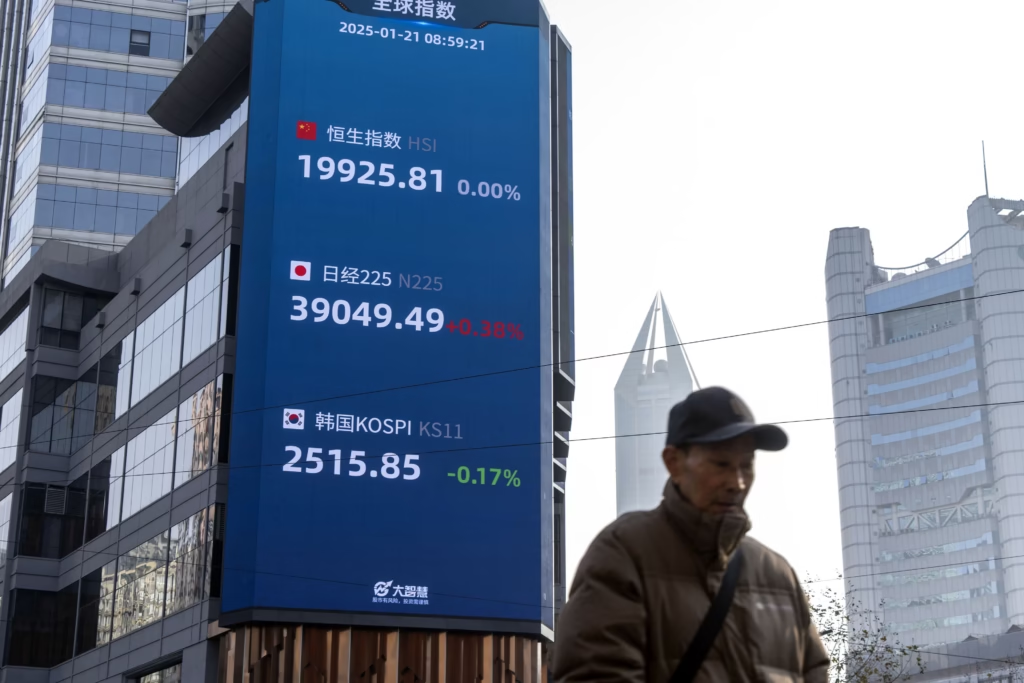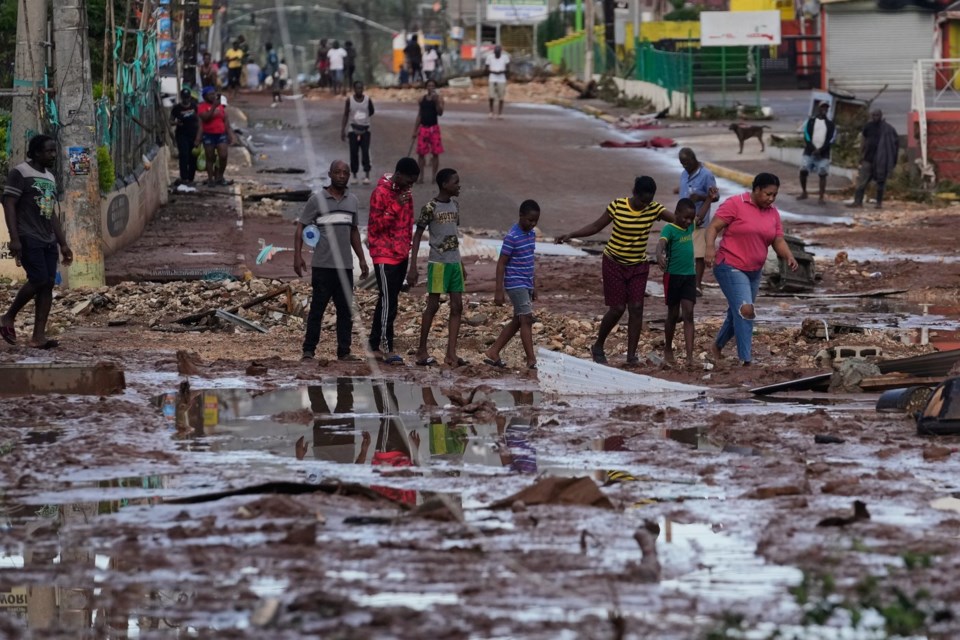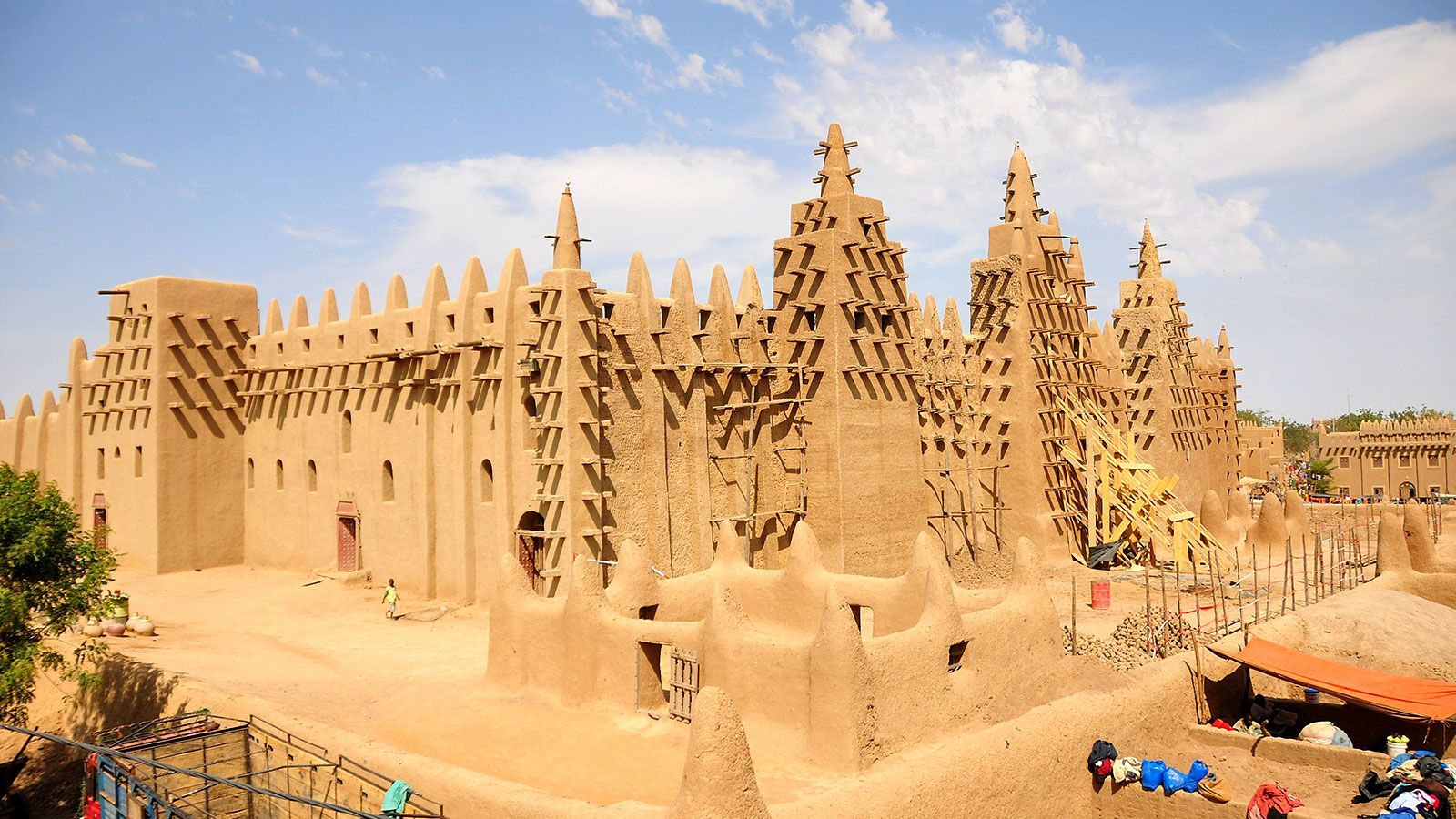Now Reading: Migration Shaping Urban Growth
-
01
Migration Shaping Urban Growth
Migration Shaping Urban Growth

Migration has always been a key factor in shaping cities, but in recent years, the pace has become more visible in India’s Tier 2 and Tier 3 cities. People move for work, education, and better living standards, and in doing so, they change the character and economy of the places they settle in. This flow of people is not only redefining urban growth but also testing how well our cities can handle rising demands.
For many Tier 2 cities, migration brings new energy and talent. Young professionals, students, and small entrepreneurs often move from villages and smaller towns, creating demand for housing, jobs, and better infrastructure. This has led to the rise of new commercial hubs, affordable private schools, and service-based businesses that were earlier limited to metros.
However, rapid migration also puts pressure on civic systems. Public transport, water supply, and waste management are often not prepared for sudden growth in population. Unplanned settlements, traffic congestion, and higher cost of living become natural outcomes when infrastructure lags behind. In many smaller cities, these issues are becoming visible within just a decade of expansion.
There is also a cultural impact. Migration brings diversity, but it can also create friction when old and new communities struggle to adjust. While many local economies benefit from fresh skills and entrepreneurial energy, concerns about losing local identity and traditions remain part of the discussion.
Policy decisions play a crucial role here. If cities invest in affordable housing, stronger transport systems, and inclusive planning, migration can become a driver of growth rather than a burden. Successful examples from some developing cities show that balanced planning helps integrate newcomers while ensuring stability for long-time residents.
In conclusion, migration is not something cities can avoid—it is part of growth. What matters is how prepared these urban spaces are to handle it. For India’s rising Tier 2 cities, the challenge is to transform migration pressures into opportunities that create more inclusive, sustainable, and thriving urban centres.
























